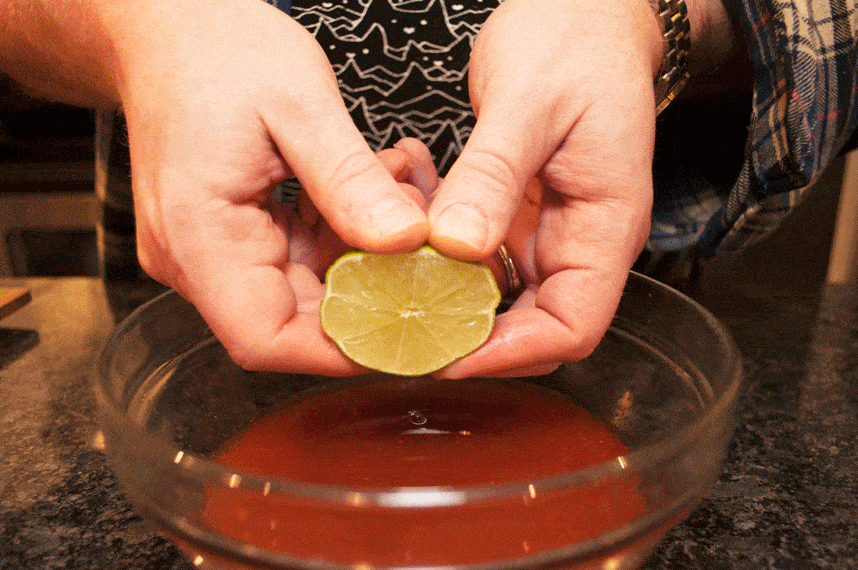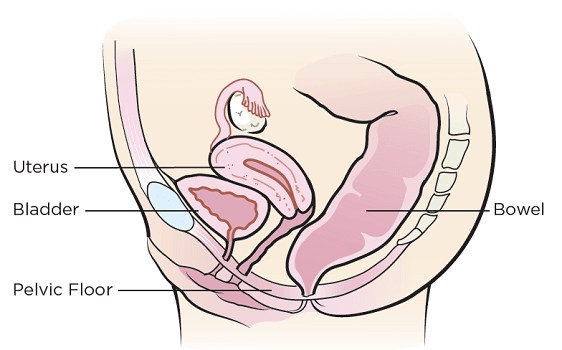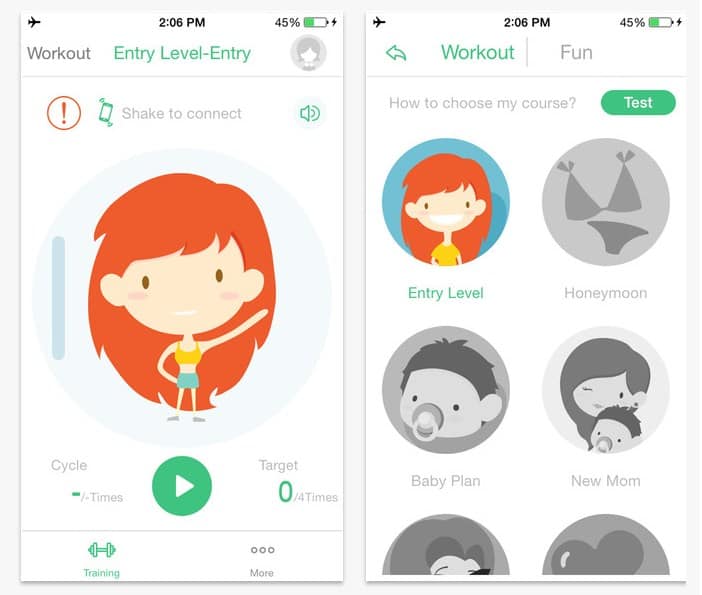Kegels: you’ve probably heard about them before, right? Maybe you wrote off the idea as something you didn’t need to learn, or you mistakenly thought that it’s exclusively a sex thing and your bedroom activities are fine the way they are, thank you.

But there’s more to Kegel exercises than meets the eye, and what people are ignoring is the fact that (surprise, surprise) these workouts are beneficial for both women AND men.
What are Kegels and why should I do them?
We’re all familiar with targeting specific problem areas of the body — Got flabby arms? Try doing bicep curls. Muffin top ruining your OOTD? Work those side planks, girl.
But toning your pelvis area is not really something we’re taught to do in school.

Kegel exercises (or “pelvic floor exercises”) strengthen the pelvic floor muscles, which surround the vagina and urethra and support your bladder, small intestines, and rectum. Keeping your pelvic floor muscles in tip-top shape helps you avoid embarrassing accidents, like peeing in your shorts, passing gas, and getting the shit scared out of you — literally.
And if you’re in the market for ways to spice things up in the bedroom, look no further. These exercises have an added benefit women can enjoy: better orgasms! Kegels make the vaginal muscles stronger, leading to harder contractions, and a more intense sensation.
If you haven’t started doing Kegels yet, you’re seriously missing out.

It’s easy to forget the importance of these oft-overlooked muscles. You wouldn’t have a reason to think about the condition of your pelvic floor every day, but only if it’s working like it’s supposed to. But with age comes the weakening of these muscles, which could lead to a condition called “pelvic organ prolapse” (POP).
What happens is that the pelvic organs start to droop, and they can fall into, or out of the vagina. For women who have had a hysterectomy, their vaginal tissues can also sag and dangle outside of the vaginal opening.
Am I a candidate for Kegel exercises?
If you experience any of the following, then you should think of starting your workout asap:
- Leak a few drops of urine while sneezing, laughing or coughing (stress incontinence)
- Have a strong, sudden urge to urinate just before losing a large amount of urine (urinary incontinence)
- Leak stool (fecal incontinence)
Kegel exercises can be done during pregnancy or after childbirth, to avoid urinary incontinence.
Other things that put you at risk for POP include:
- Pregnancy
- Normal birth
- Surgery in the pelvic area (C-section or hysterectomy)
- Genetics
- Frequent coughing, laughing, or sneezing (these put pressure on the pelvic organs)
How do I Kegel correctly?

To get started:
Know your muscles. To find your pelvic floor muscles, sit on the toilet and attempt to pee. Squeeze the muscles below your bellybutton and try to hold it in. If you succeed in stopping your pee midstream, you’ve got the right muscles.
Take baby steps. Now that you’ve identified your pelvic floor muscles, you can start controlling them while lying down. This makes it easier for beginners, but once you’ve gotten the hang of it you can start doing Kegels in any position.
Perfect your technique. Tighten your pelvic floor muscles, hold the contraction for five seconds, and then relax for five seconds. Try it four or five times in a row. Work up to keeping the muscles contracted for 10 seconds at a time, relaxing for 10 seconds between contractions.
Focus, focus, focus. For best results, concentrate on tightening only your pelvic floor muscles. Be careful not to flex the muscles in your abdomen, thighs or buttocks. Avoid holding your breath. Instead, breathe freely during the exercises.
Repeat 3x. The goal is to do a minimum of three sets of 10 repetitions a day.
When done right, Kegels aren’t at all harmful. These exercises can be part of your daily routine: you can do several repetitions while brushing your teeth, driving to work, watching TV, or reading a book.
However, you shouldn’t practice your Kegel exercises by stopping your urine stream. Doing Kegel exercises while emptying the bladder could lead to incomplete emptying of the bladder, therefore increasing the risk of a urinary tract infection.
If you find yourself in need of extra help, you can get exercise equipment.
Yoni eggs and Kegel balls are available for those very heavily invested in the strength of their pelvic muscles. The balls serve as weights that you insert into your vagina. In order to stop the balls from falling out, you will have to rely on your PC muscles.
Also, like anything else nowadays, this too has an app.

How long before the results show themselves?
A lot of women regularly see results (such as reduced urine leakage) after a few weeks or months. It’s going to be quite a long jorney towards reformed and ultimately better pelvic muscles, but like with any other exercise routine, trust us when we say it’s going to be worth it. <3

